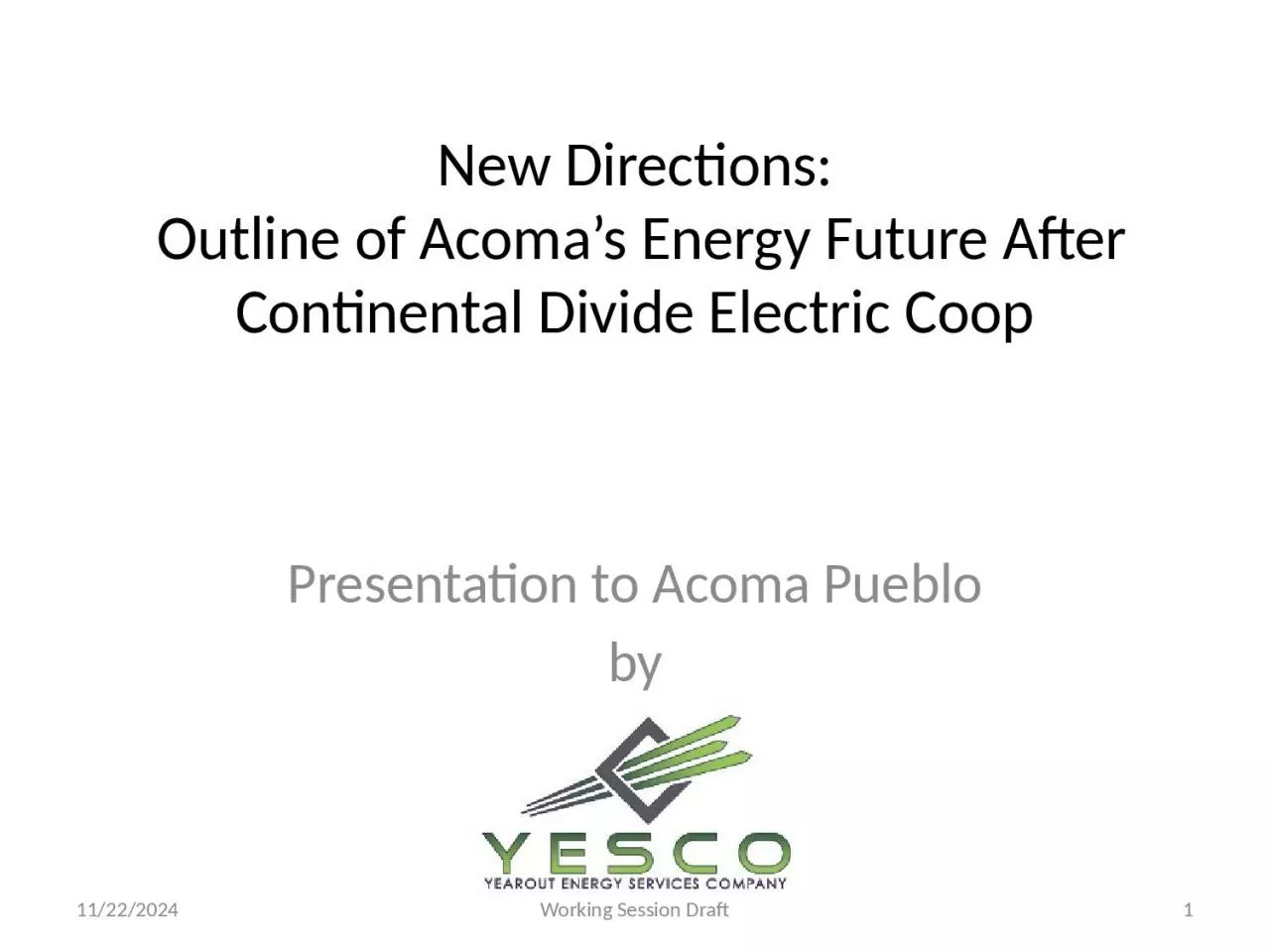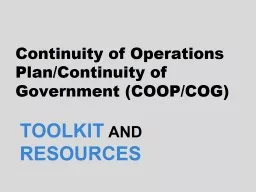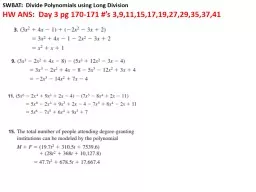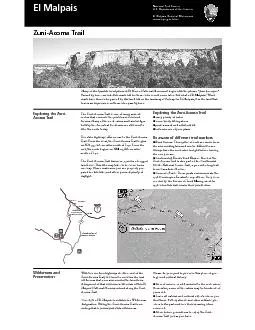PPT-New Directions: Outline of Acoma s Energy Future After Continental Divide Electric Coop
Author : rouperli | Published Date : 2020-09-29
Presentation to Acoma Pueblo by Working Session Draft 10272016 1 Glossary Peak Demand the maximum energy required at a specific time expressed in thousands of
Presentation Embed Code
Download Presentation
Download Presentation The PPT/PDF document "New Directions: Outline of Acoma s Ener..." is the property of its rightful owner. Permission is granted to download and print the materials on this website for personal, non-commercial use only, and to display it on your personal computer provided you do not modify the materials and that you retain all copyright notices contained in the materials. By downloading content from our website, you accept the terms of this agreement.
New Directions: Outline of Acoma s Energy Future After Continental Divide Electric Coop: Transcript
Download Rules Of Document
"New Directions: Outline of Acoma s Energy Future After Continental Divide Electric Coop"The content belongs to its owner. You may download and print it for personal use, without modification, and keep all copyright notices. By downloading, you agree to these terms.
Related Documents














